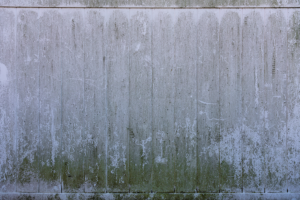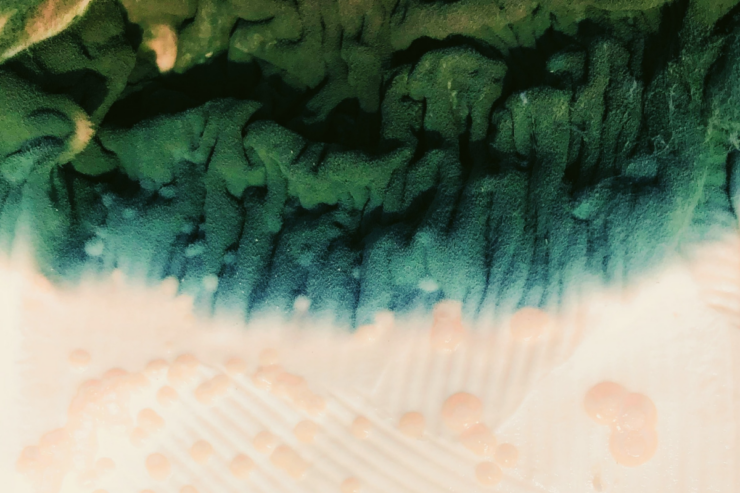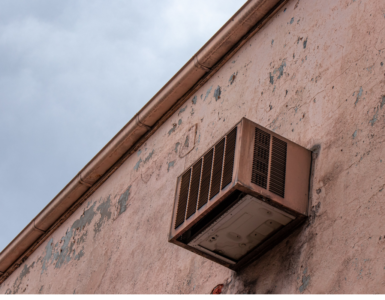There are several different types of mold, each coming with its own signs and symptoms. While all kinds of molds can affect you or your family’s health, the biggest risk to your health comes from toxigenic molds. The most common type of this toxigenic mold is Stachybotrys Chartarum, commonly known as the black mold. The black mold produces mycotoxins which are known to cause chest pain, burning sensation in the throat and lungs, fever, persistent coughing, and rashes.
Prolonged exposure to black molds may lead to serious health issues such as fatigue, breathing problems, and sinusitis. This toxigenic mold usually grows in areas with high cellulose content (such as drywall and carpets) and excess moisture. Luckily, there are a couple of ways you can tell that Stachybotrys Chartarum is growing in your house. Here are some of the signs you might have toxic black mold in your home.
1. Smell
The black mold has a mildew smell. These nasty odors originate from the microbial volatile organic compound released by the toxic black mold as it grows. Of course, different mildews have different smells for different people. So, if you notice this unique smell from the air in your house, you might want to start looking for black mold. Quite often, persistently perceiving a strong, musty odor could be one of the only black molds in your house.
If you can smell mold in your house, it is likely under something like your carpet, or it could be inside something such as your HVAC system. Just because the mold is not visible to you doesn’t mean you don’t have a black mold problem. If you can solve this mold problem before it gets big, you could save yourself some severe health and financial headaches in the future.
2. Allergy Symptoms
Do you observe that your allergies tend to intensity whenever you are at home, but you feel better when you are not at home? Mold is a common allergen that can aggravate chronic problems in people that are affected by mold. Generally, it doesn’t take much black mold to trigger your allergies. And if you only suffer allergies when you are at home, there is a high probability that black mold is hidden somewhere inside your house.
The black mold can be behind the walls, under the basement, inside the air vent, surrounding roof leaks, damp areas of the house, or areas with high humidity. Standard allergic reactions to black mold include nasal congestion, inflamed, runny nose, and sneezing.
3. Visual Signs

Black mold is an obvious sign that you will likely notice. Do you notice a greenish-black area or slimy textures residue? These are all signs that you need a mold inspection. Also, tinier mold spores may look like normal soot or dirt, but they could really be in disguise, making them easy to ignore. If you see any sign of mold growing in your house, you need to immediately take action, no matter how small. If common molds can breed in your house, so can toxic black mold.
4. Signs of Water Issues
If your house has a problem with condensation, moisture, or some other water issues, you can almost be certain that mold has started to grow somewhere in your house. So, if you know you currently have water problems or had one in the past, you may do a thorough black mold inspection to make sure your house is safe.
Some of the strong signs that you may have toxic black mold due to water issues include discolored floors, ceilings, or walls, along with water stains. With these visible signs, it could be an indication that mold is growing either within or behind these materials. Also, other signs of moisture problems include cracking, bubbling, or peeling paint or wallpaper.
5. Health Symptoms
The health risks of mold can both be mental and physical. Some of the physical health symptoms of toxic black mold include respiratory issues (sore throat or chronic runny nose), achiness, skin rashes, fever, and others. Toxic black mold can also affect your mental health – forgetfulness and fatigue can come from living with Stachybotrys Chartarum. Some people might also have trouble concentrating or feeling anxious.
Conclusion
It is important to avoid long exposure to toxic black mold as it can lead to mold poisoning. It never hurts to clean regularly, and if you are suspicious of toxic black mold presence in your house, you may want to hire an expert that can help you address the problem so that you can get back to a healthy life.







